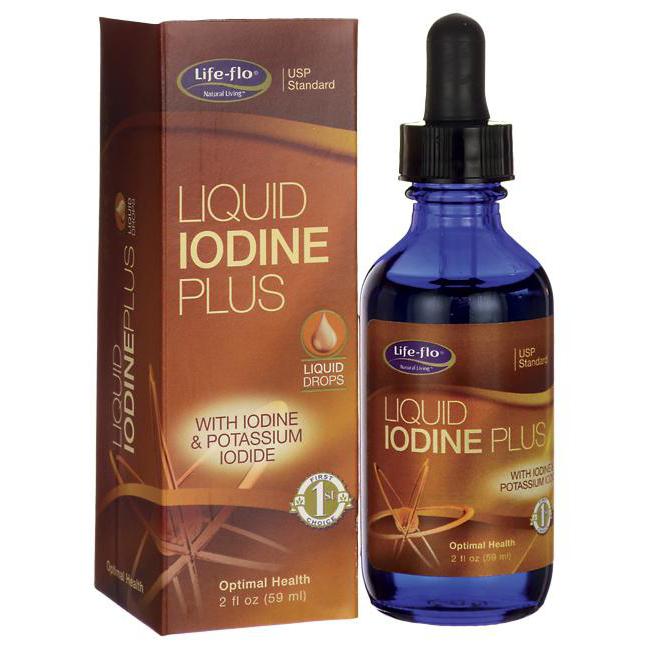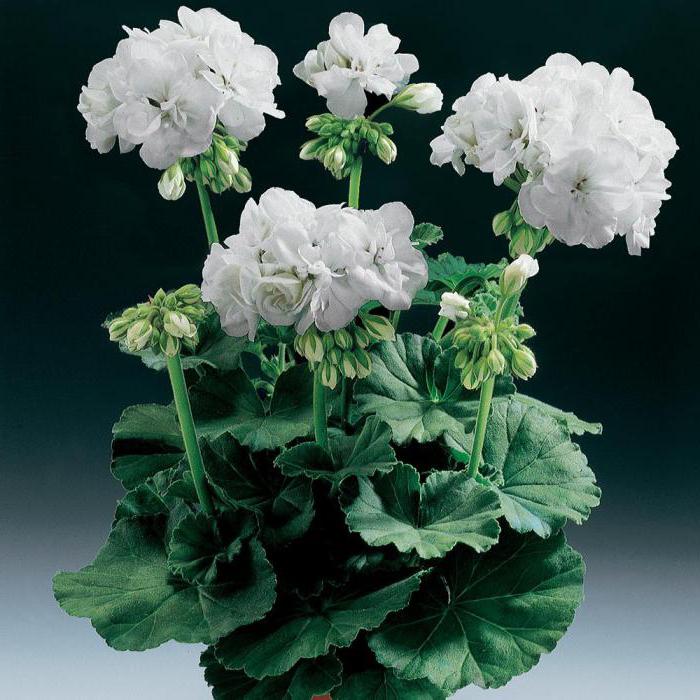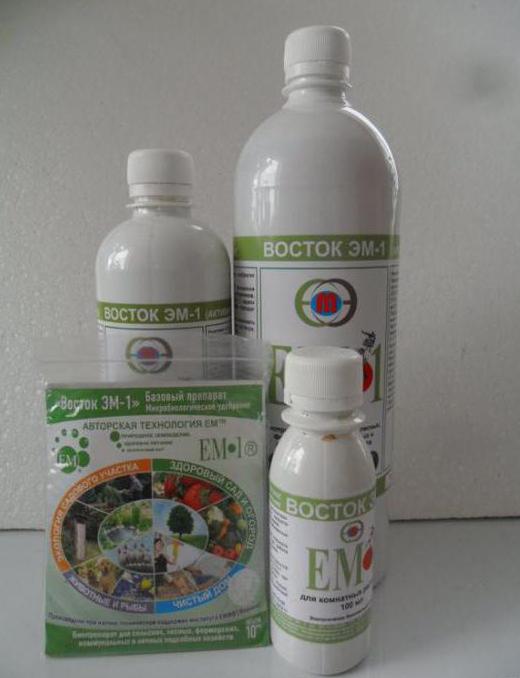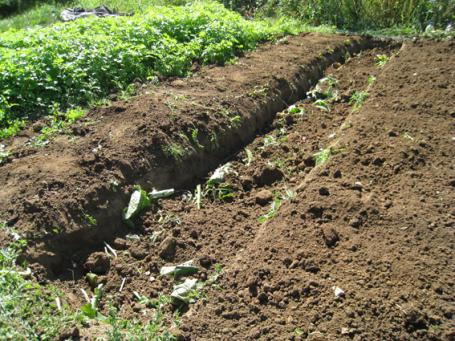Iodine as a fertilizer for plants: application features, nutritional rules and efficacy
There are many different ways to improve the conditionvegetable, berry, houseplants. For example, iodine as a fertilizer for plants is best used for feeding strawberries, aubergine, cabbage, peppers, tomato, cucumber, and indoor flowers to get a good result. Each type of plant has its own little secrets on the use of iodine. Top dressing is carried out by spraying the ground part or under the root.
Properties of microelement
Most plants do not need iodine supplementation, but iodine enrichment will also have a positive effect on plants:
- the number of colors will increase;
- the leaves will acquire a rich dark color;
- the quality of the crop will improve.

In the composition of fruits and vegetables, which are in the processripening fed iodine, contains a high content of this trace element. Thus, supplementation with iodine helps not only the plant to grow faster and bear fruit, but also substantially increases the benefits of fruits for the human body. The use of iodine for plants, animals and humans has been repeatedly proven by scientists, the main thing is to stick to the dosage. If you exceed the maximum allowable amount of this microelement, then it can become toxic and unsafe for living organisms.
Tomato processing
Iodine supplementation is effectively used forincrease the yield of tomatoes. This microelement will help to destroy a large number of harmful microorganisms and fungi in both soil and surface. Lack of iodine slows the process of their maturation. This microelement perfectly copes with the first signs of late blight.

How to determine the lack of iodine in tomatoes?
The fact that the seedlings need this trace element can be judged by the appearance of the plant. Characteristic features are:
- pale plant species;
- sluggish leaves;
- thin stems;
- stains on the leaves.
Seedlings are constantly ill, root appearsrot, brown spot. If you do not take measures, then the immunity of tomatoes will decrease, and they will be more susceptible to infection with various diseases. At the first signs of the disease it is necessary to pour each bush of tomatoes with iodine fertilizing. Next, you should observe the plant for several days. If no improvement is observed, then another chemical will be needed for pest control.
Cucumber processing
Iodine is more important for cucumbers than fora tomato. The problem is that the cucumber is very often affected by powdery mildew. To protect them, use the following solution: in one liter of milk, 0% fat, ten drops of iodine are diluted and nine liters of water are added. The resulting solution is sprayed with cucumbers every ten days throughout July. After carrying out this manipulation, the leaves and soil must be wet.

Eggplant and pepper feeding
It is best to feed the peppers in the seedling stage. Plants that received the necessary trace elements at the initial stage of development, form a strong root system and are able to adapt to the negative influence of the environment.

Processing of cabbage
To form the correct form of cabbage cabbage and increase their density, it should be fed with iodine.

Spring processing of berries
Iodine as a fertilizer for plants perfectly suitedfor the protection of strawberries and strawberries from sulfur rot and beetle weevil. To prepare the solution, you need to dissolve ten drops of a microelement in ten liters of water. Spraying should be done every ten days for one month. If iodine is used as a fertilizer, the yield will increase, and the plants will quickly recover after the winter period.
Application of iodine in the care of indoor plants
Proper irrigation plays a significant role in carefor room flowers. The main thing is to stick to the measure, since excess or lack of water can cause rot in the roots of plants. As the prevention of fungal diseases, iodine can be used as a fertilizer for indoor plants, for this purpose, dilute 20 ml of a microelement in seven liters of water. If you add more peroxide, you get a mixture, which watered the flowers, infected with phytophthora. Iodine is considered an excellent assistant for florists, as it is a stimulator of plant growth. The solution should be poured into the walls of the container, in which the flower grows, very carefully, so as not to burn the roots. This preference is preferred by geranium, after which it blooms profusely. The treatment is carried out once every ten days.

Features of use
How exactly iodine affects development, growth,fruiting and flowering is not fully known. Scientists believe that he takes part in regulating the functioning of enzyme systems, and thus improves the metabolism of plants. Iodine as a fertilizer for plants is certainly useful, and few people today doubt it.

Reviews
Summer residents, gardeners, flower growers use iodine as a fertilizer for plants. Customer feedback is as follows:
- Iodine helps cope with flower diseases andtomatoes. After processing the bushes tomatoes acquired a healthy appearance and began to grow better. The drooping, yellowing leaves of Tradescantia came to life and acquired a rich green color.
- Extra nutrition with the addition of iodine helped to cope with diseases that affect indoor flowers.
- Iodine is a universal fertilizer that should be used for indoor plants and for vegetable crops, observing the correct dosage. This feeding is a very useful tool.
When working with this trace element, it is necessaryto maintain the right proportions, and then the flowers will bring joy with green leaves and saturated buds, and an abundant and useful harvest will be your pride.
</ p>







